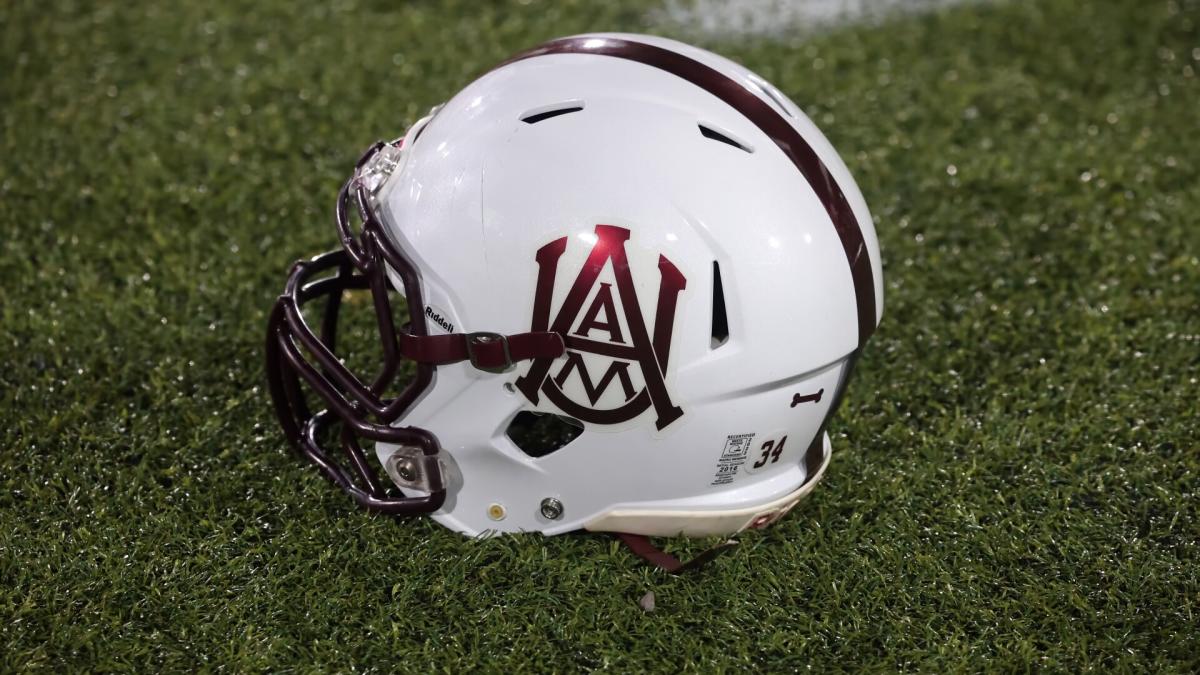
It’s the worst fear for any parent whose child plays tackle football.
It happens in various communities throughout the country every year, to high-school players. This week, Medrick Burnett Jr. of Alabama A&M died of a head injury he sustained on the field last month.
Burnett, a redshirt freshman from Lakewood, California, suffered the injury on October 26, in a game against Alabama State.
Via the Associated Press, Burnett died on Wednesday night. He was 20.
And football life goes on, as it always seems to do. Few if any will decide to stop playing when they hear about Burnett’s passing. Most will reconcile it by saying, as Dolphins quarterback Tua Tagovailoa did last month, “There’s just risk in any and everything and I’m willing to play the odds.”
The NFL hasn’t had an in-game fatality since 1971, when Lions receiver Chuck Hughes died of a pre-existing heart condition. In July 2009, then-Bengals quarterback Carson Palmer predicted a player would inevitably die during an NFL game.
“The truth of the matter is . . . somebody is going to die here in the NFL,” Palmer said at the time. “It’s going to happen.”
It almost happened in early 2023, when a routine hit triggered commotio cordis for Bills safety Damar Hamlin.
If/when it happens, what will happen to the NFL? Given that the death of Medrick Burnett Jr. has been received more like an afterthought and less like the major story it should be, those who play football at all levels likely will be inclined to shrug, to regard the situation as a fluke, and to keep going.
That’s not to say anyone should stop. Everyone has the right to engage in a broad range of risky behaviors. Many take far greater risks than football players do, for far less money. (Hell, some pay good money for the rush of staring down serious injury or death.)
The point is that, when it happens, there seems to be little or no soul searching or reassessing. As Joe Burrow said after Tua’s serious concussion from late September 2022 against the Bengals, “Part of what we signed up for. You’re gonna have head injuries. You’re gonna tear your ACL. You’re gonna break your arm. That’s the game that we play, that’s the life that we live and we get paid handsomely for it. I think going into every game, we know what we’re getting ourselves into.”
More than a decade ago, once the risks of brain injuries became clear and obvious, many assumed football would wither and die. Some in the media seemed to actually be rooting for that to happen, twisting themselves in knots to tie any and every retirement to concerns about concussions.
And here we are. In late 2024, the game is stronger than ever. The people who play it accept the risks. Even if accepting those risks entails pretending not to notice when the risks come to fruition for someone else, in the worst way possible.
